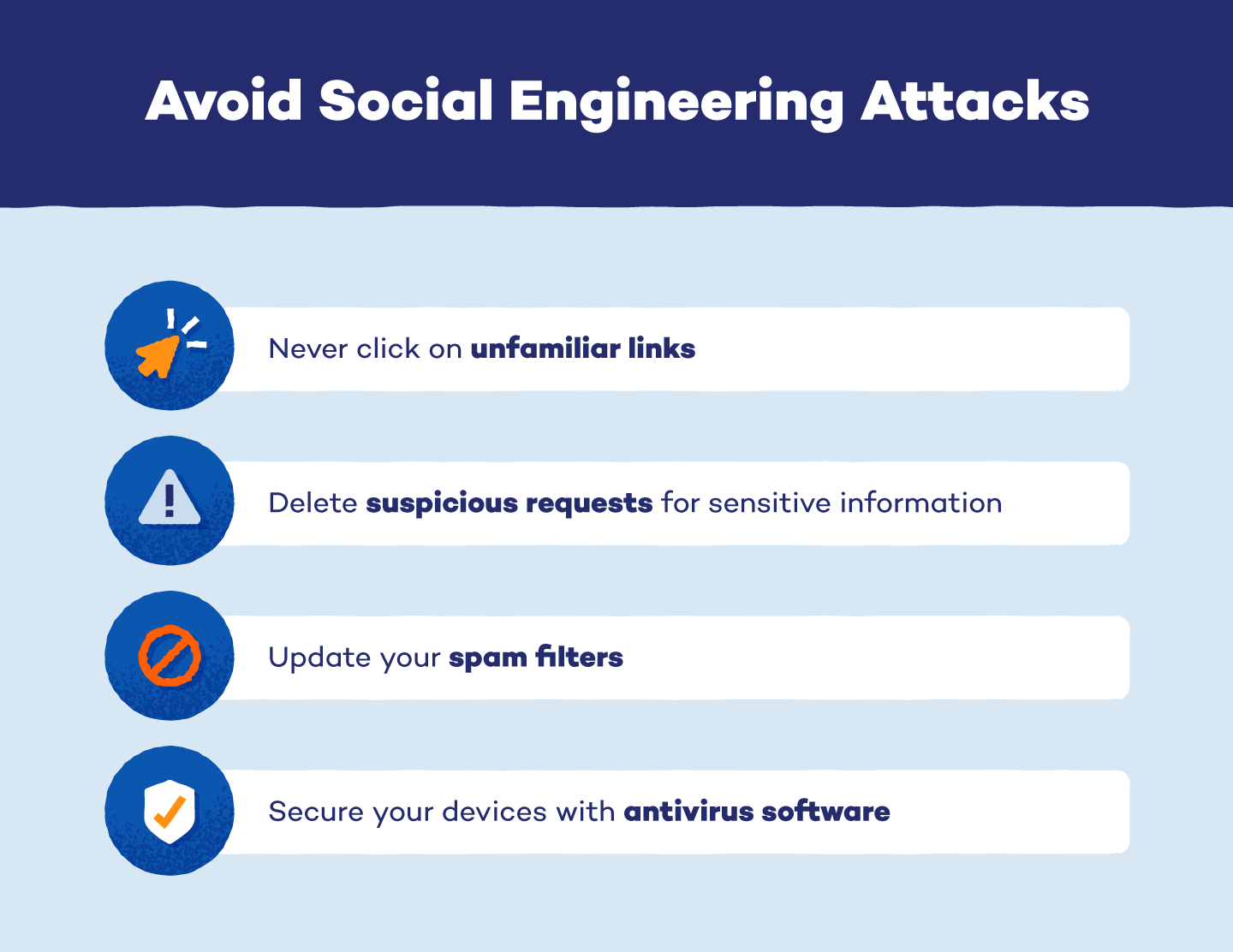In today’s rapidly advancing technological landscape, social engineering attacks have become a growing concern for individuals and businesses alike. Unlike other forms of cyber attacks that rely on technical vulnerabilities, social engineering preys on human psychology to trick individuals into divulging sensitive information or performing actions that benefit the attacker. This article will explore various social engineering tactics and provide valuable insights on how you can protect yourself and your organization from falling victim to such attacks.
Understanding Social Engineering
Social engineering involves manipulating individuals through psychological techniques to gain unauthorized access to systems, networks, or personal information. Attackers exploit human emotions like trust, fear, urgency, curiosity, or even greed to trick their victims. Common examples of social engineering attacks include phishing emails, pretexting, baiting, tailgating, and scareware.
Recognizing Social Engineering Attacks
Being aware of the various types of social engineering attacks can significantly reduce your vulnerability. Look out for suspicious emails requesting personal or financial information, emails from unknown senders with urgent requests, or emails with grammatical errors and generic greetings. Be cautious when clicking on unverified links or downloading attachments from unfamiliar sources, as these could lead to malware infections. Furthermore, remain vigilant of individuals attempting to tailgate or gain unauthorized physical access to secured areas.
Protecting Yourself from Social Engineering Attacks
Although social engineering attacks can be sophisticated, you can adopt a proactive approach to mitigate the risks. Here are some effective strategies to safeguard yourself and your organization:
1. Educate Yourself and Employees
Knowledge is the first line of defense against social engineering attacks. Stay informed about the latest social engineering tactics and share this knowledge with your team. Train employees to identify red flags, adhere to security protocols, and practice secure online behavior. Encourage them to report any suspicious incidents immediately.
2. Maintain Strong Passwords
Implement a robust password policy that emphasizes the use of long and complex passwords. Discourage the reuse of passwords across different platforms and encourage the use of password managers. Additionally, consider two-factor authentication, such as biometric authentication or hardware tokens, to provide an extra layer of security.
3. Be Wary of Unsolicited Communication
Avoid divulging personal or sensitive information over the phone or email without verifying the authenticity of the request. Banks, government agencies, or reputable organizations will never ask for your personal information via email or over the phone. When in doubt, contact the organization directly using trusted contact details.
4. Regularly Update Software and Systems
Outdated software and systems often have known vulnerabilities that attackers can exploit. Keep all your devices, operating systems, and applications up to date with the latest patches and security updates. Enable automatic updates whenever possible to ensure you have the latest protection against emerging threats.
5. Utilize Antivirus and Anti-malware Solutions
Install reputable antivirus and anti-malware software on all your devices. These tools can help detect and remove malicious software that may have been inadvertently installed on your system. Update these tools regularly to stay protected against new threats.
6. Implement Restricted Access Controls
Implement access controls to restrict the use of sensitive information or critical systems only to authorized personnel. Regularly review and update user access privileges to ensure they align with current roles and responsibilities. Regularly monitor and log access activities for potential anomalies or unauthorized access attempts.
Conclusion
Social engineering attacks exploit one of the weakest links in the security chain: human psychology. By understanding the different types of social engineering attacks and implementing proactive security measures, you can greatly reduce the risk of falling victim to these schemes. Stay vigilant, educate yourself and your employees, and regularly update your systems to ensure you stay protected in today’s ever-evolving technological landscape.

